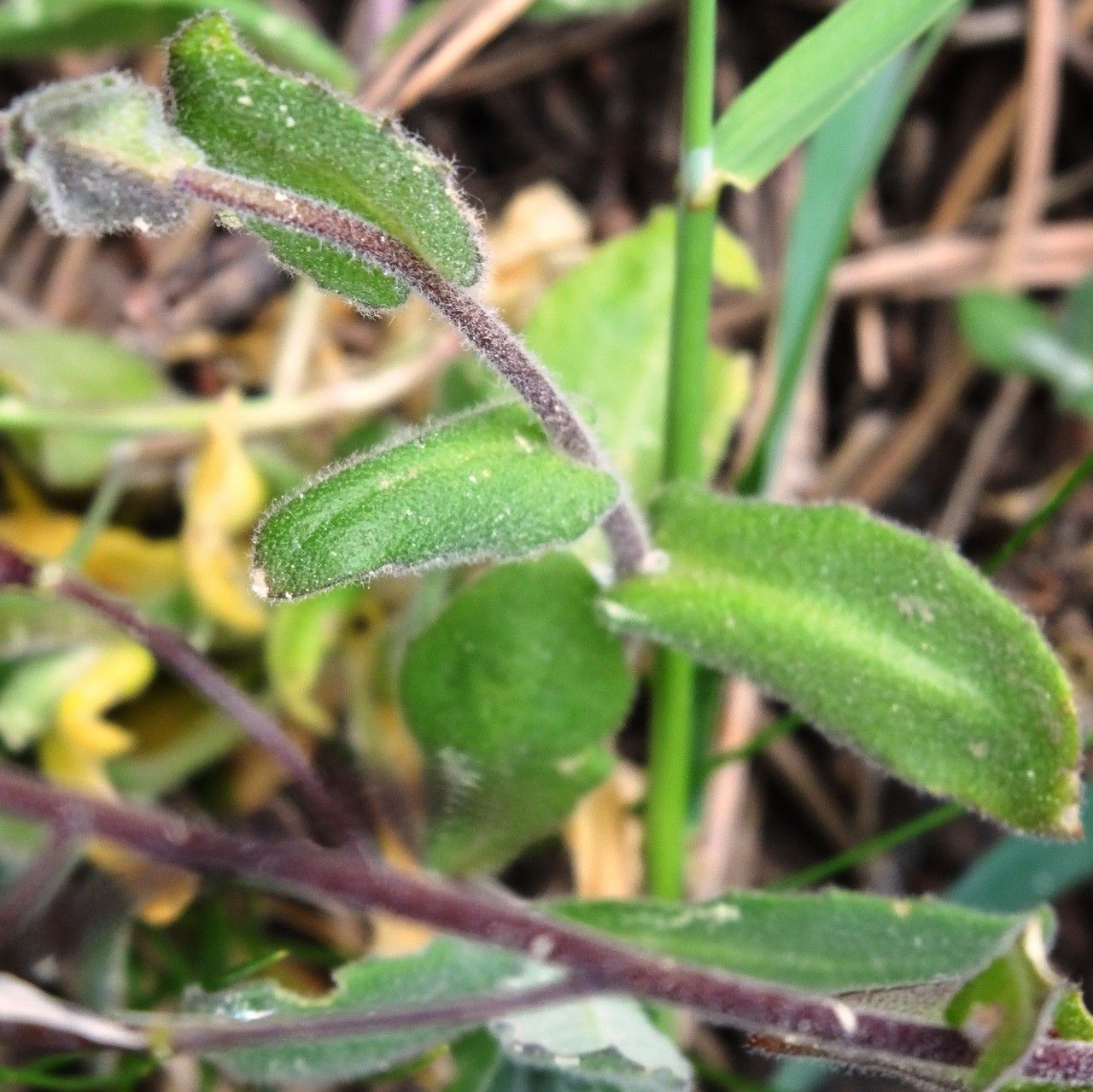## Abaca: The Unsung Hero of Natural Fibers
Abaca ( *Musa textilis*), also known as Manila hemp, is a fascinating and versatile plant belonging to the Musaceae family, the same family as bananas. Unlike its banana relatives primarily grown for fruit, abaca is cultivated for its incredibly strong and durable fiber, extracted from its leaf sheaths. This fiber has been used for centuries and continues to play a significant role in various industries globally.
### Habitat and Growth
Abaca thrives in humid, tropical climates. It prefers consistently moist soil and partial shade, although it can tolerate full sun in some regions. The plant is relatively low-maintenance once established, but requires regular watering, especially during dry periods. Ideal soil is well-drained and rich in organic matter. Propagation is typically done through suckers or rhizomes, allowing for relatively quick establishment of new plants.
### The Unique Properties of Abaca Fiber
Abaca fiber is prized for its exceptional strength, resilience, and resistance to saltwater. These qualities make it ideal for a wide range of applications. Unlike many other plant fibers, abaca's strength doesn't diminish when wet, making it incredibly valuable in marine applications.
### Uses of Abaca Fiber
The applications of abaca fiber are extensive and diverse. Traditionally, it was primarily used to create rope and twine, and its strength made it ideal for maritime uses. Today, it's used in many products including:
* **Textiles:** Abaca is used in creating high-quality fabrics for clothing, upholstery, and other textiles. Its softness and strength make it a unique alternative to synthetic fabrics.
* **Paper:** Abaca pulp is used in the production of high-quality paper, particularly for banknotes and specialty papers requiring durability and longevity.
* **Cordage and Rope:** Its traditional use continues, with abaca rope still valued for its strength and durability in various industries.
* **Geotextiles:** Abaca fibers are used in geotextiles for applications like erosion control and reinforcement.
### Cultivating Abaca: A Guide for Beginners
While abaca thrives in tropical climates, with careful planning, some enthusiasts have successfully cultivated it in subtropical areas. Here's a brief overview:
* **Climate:** Consistent warmth and high humidity are essential. Protection from strong winds is also recommended.
* **Soil:** Well-drained, rich soil with good organic matter content is necessary. Regular fertilization will help support healthy growth.
* **Watering:** Abaca requires consistent moisture. Regular watering is crucial, especially during dry periods.
* **Propagation:** Propagation is typically done via suckers or rhizomes, separating them from the mother plant and planting them in a suitable location.
### The Future of Abaca
With growing concerns about sustainability and environmental impact, the interest in natural and renewable fibers like abaca is increasing. Its unique properties and wide range of applications position abaca as a promising material for a more sustainable future.
### Conclusion
Abaca's strength, durability, and versatility have made it a valuable plant throughout history and continues to play a key role in diverse industries. Its sustainability and unique characteristics make it a fascinating and important plant for the future.
Abaca: The Versatile Fiber Plant

Frequently Asked Questions
How do I grow abaca plants?
Abaca thrives in humid, tropical climates with well-drained, fertile soil. Propagation is usually through suckers or rhizomes. Ensure consistent moisture and protection from strong winds.
What are the uses of abaca fiber?
Abaca fiber is used in textiles, paper (including banknotes), rope, and geotextiles. Its strength and resistance to saltwater make it highly versatile.


